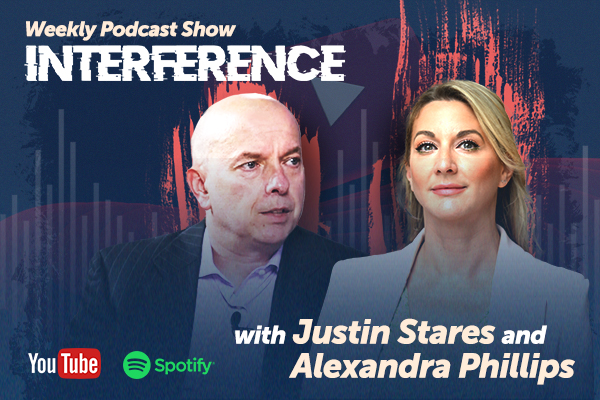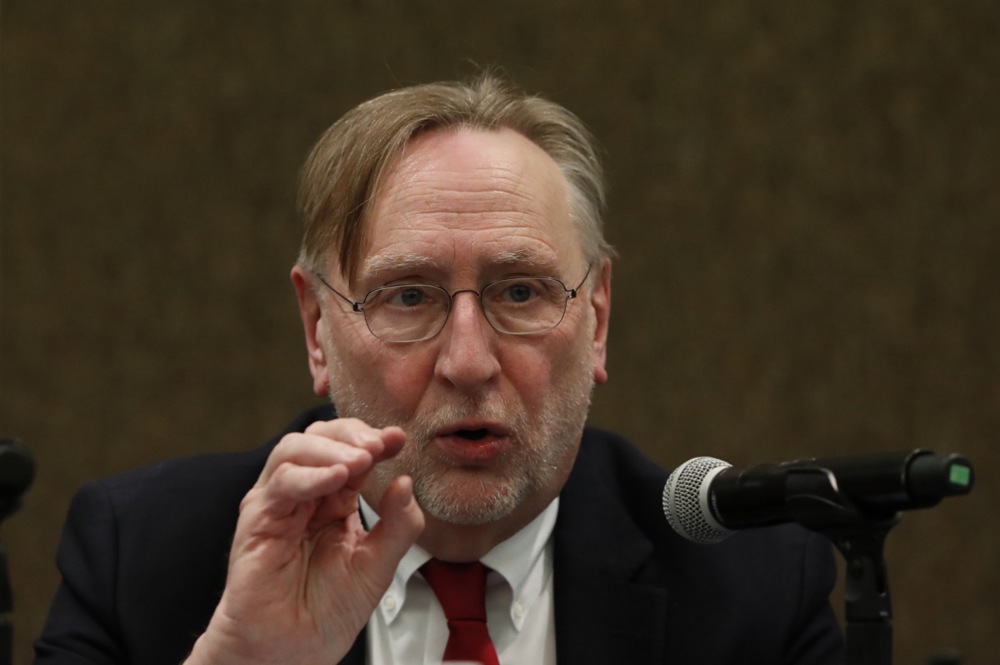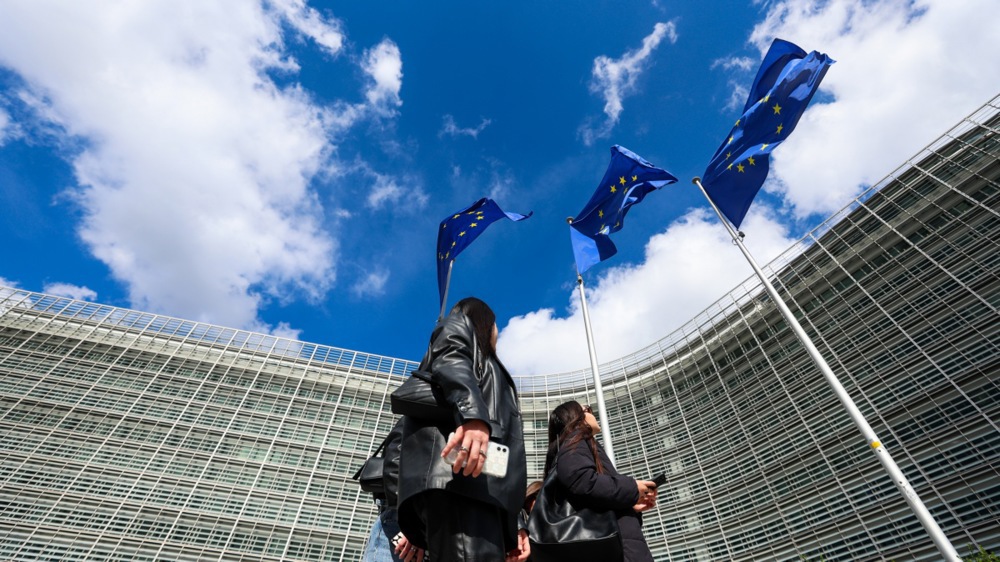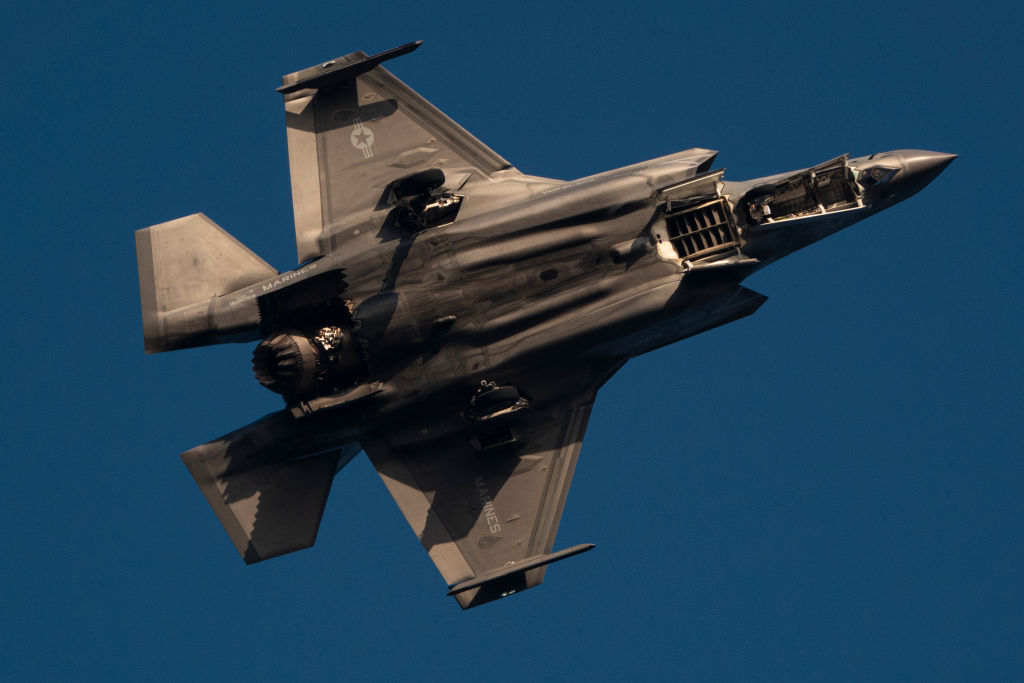The European Union still did not understand what the US wants on trade, European Parliament trade committee chair Bernd Lange told journalists.
His comments came on July 9 – the day the three-month pause on 50 per cent “reciprocal” tariffs imposed by the US on April 2 was supposed to end – and a day after Washington’s last-minute extension.
The EU’s own retaliatory measures were scheduled to “automatically” take effect on July 14 if no agreement was reached.
The White House issued a presidential proclamation on July 7, quietly extending the deadline by three weeks to August 1.
At the same time, the US dropped EU-specific tax provisions that had been included in early drafts of President Donald Trump’s recently passed tax reform package.
“On this beautiful tax bill, there were also some additional tax measures in the first draft for the EU,” Lange said.
“It is gone, fortunately.”
He added, though: “Nobody knows what is in the mind of some people of the Trump administration.”
Investors and analysts have questioned whether the US would follow through on its most aggressive threats.
Most financial markets, according to financial information platform zonebourse’s July 7 report “navigate between two waters”, did not believe the White House would fully implement the tariff increases announced earlier this year but, rather, expected a final result “in the lower range.”
The S&P 500 fell 0.1 per cent on July 8, while the Stoxx Europe 600 rose 0.4 per cent, with European equities gaining ground on the back of a more conciliatory tone from Trump.
As previously reported, economists have long cast doubt on whether Trump’s “90-day pause” strategy would yield actual deals.
The EU sunk further in confusion after contradictory signals from the Trump administration and, according to Lange, because the bloc had not been told what the US expected in return for tariff relief, or whether the current measures would be lifted.
“We are trying to analyse what are the real interests of the United States,” he said. “There are too many items under discussion.”
Trump said on July 6 the EU was now “being very kind to us”, although Lange pointed to recent contradictory remarks and letters.
“Even if, as Mr Trump says, we as the EU are in many aspects worse than China — that’s the category we’re now in — this is not really a friendly exercise,” he said. “This is more a speech of power than of partnerships.”
The letters sent to trading partners unilaterally set new tariff rates. Trump said the EU would “probably” receive its letter by around July 10 stating the pause was initially set to end.
“A letter means a deal,” the US President reportedly said.
The EU has yet to receive the document although more announcements were expected later July 9 – and no framework had been agreed.
Lange said he saw “a corridor for some understandings,” particularly on steel, cars, and possible exemptions from the baseline tariff, but warned that an overall agreement was not in sight.
“If we had a framework agreement ready, what does that mean for the time we are negotiating the details?” he said.
Under current conditions, EU goods were already subject to a 10 per cent baseline tariff, which Lange said applied to “about 70 per cent of our products”. That was alongside 50 per cent duties on steel, aluminium, and several other categories.
The US was also considering new sector-specific tariffs, including copper, semiconductors and pharmaceuticals.
On July 8, Trump announced that tariffs on copper imports would rise to 50 per cent “in a few days”, triggering the largest intraday gain in copper futures since at least 1988.
He also warned that pharmaceutical imports could face duties of up to 200 per cent unless manufacturers shifted production to the US within a year.
“These sectorial tariffs are really harming us,” Lange said. “They are really targeting our industrial development — cars, steel, aluminium, copper, probably pharmaceuticals.”
Trump has repeatedly framed the new tariff regime as an alternative to slow multilateral talks.
On July 8, he told his cabinet that previous presidents were “stupid” for not using import taxes more aggressively and that negotiating trade deals was “too time-consuming”, the Financial Times reported.
Meanwhile, the EU’s own retaliatory tariffs — prepared earlier this year — remained set to ‘”automatically” activate shortly.
“We have our countermeasures ready and they will come automatically into force on July 14,” Lange confirmed.
The Trump administration’s reciprocal tariff plan was announced in April and gave countries 90 days to reach bilateral deals.
The UK reached one in May, accepting a 10 per cent import tariff.
EU officials initially expected to negotiate better terms, citing the bloc’s larger market size.
But many economists saw the UK deal as a cautionary tale. Christofer Govaerts, chief strategist at Belgian bank Nagelmackers, told Brussels Signal in late June: “The US claims to have reached an agreement with the UK and China but it’s empty, with no details, barely framework agreements”, while pointing out the EU did not even have a framework agreement yet.
When London struck the deal, EU diplomats made clear they believed it had jumped too early and locked-in disadvantageous terms.
According to the FT, the EU was now expected to receive “a version slightly less favourable” than the UK’s.





